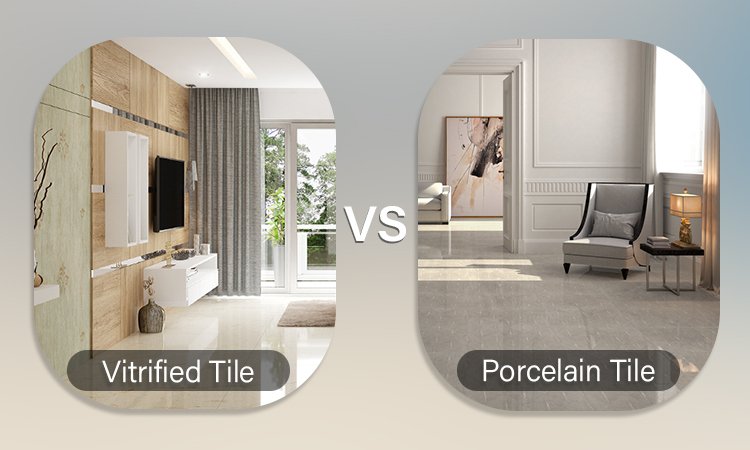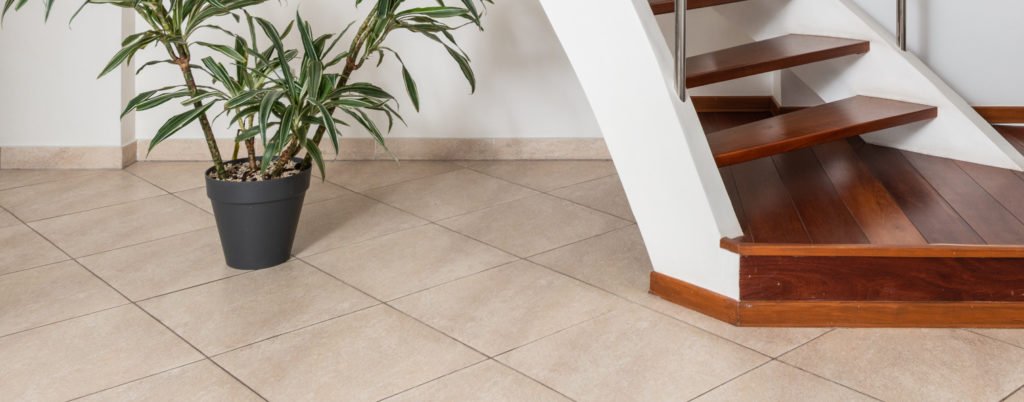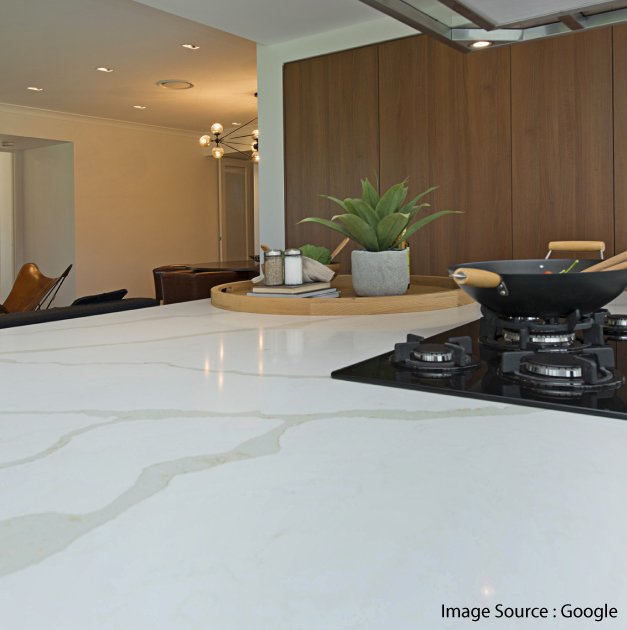Ceramic and porcelain tiles are the two most commonly preferred tile options among homeowners, construction companies, and architects. But, when it comes to differentiating between these two, many won’t be able to tell the difference. This is one aspect that always comes up during tile buying. However, from the functional perspective, one should be able to distinguish between these two so as to buy the right tile.

What’s the similarity between ceramic and porcelain tiles?
The most common thing between these two types of tiles is that both of them are made using clay and fired or baked in a kiln at extreme temperatures. Hence, both types of tiles are included in the ceramic segment. Here, one important thing to note is that every porcelain tile is a ceramic tile but a ceramic tile is not a porcelain tile.
The majority of tile varieties that are created from clay or a combination of clay and different other materials, then burnt in a kiln, are included in the broader category of “Ceramic Tiles.” Porcelain tiles and non-porcelain tiles can be divided into two categories. Separate from porcelain tiles, these non-porcelain tiles are usually denoted as ceramic tiles by tile exporters.

Difference Between Ceramic and Porcelain Tiles

Kaolin is a component of the porcelain clay used to make porcelain tiles. It is vitrified when burnt at a high temperature between 1,200 and 1,400 °C (2,200 and 2,600 °F). That is what turns porcelain tile, even without being glazed, more water-resistant than ceramic (i.e., non-porcelain) tile.
On the other hand, ceramic tile is typically made from white or red clays that may also contain other organic components. 900°C is the lower temperature at which it is burned.
Clays and other organic elements are mixed together to make ceramic tiles. Taken from the earth, sculpted, coloured and then burnt in kilns are the particular clays. Like terra cotta, conventional ceramic tile can be left unglazed and naturally coloured, or it can have coloured or intricately designed surfaces that can be glazed (done with a glass surface) in either a superior gloss or matte finish. Beneath the glazed, coloured upper layer, the majority of ceramic tile contains a body colouring that is either white or red.
Choosing Between Porcelain and Ceramic Tiles
Porcelain tile is generally regarded as a great flooring option for indoor and even outdoor installations where frost can be a worry because it features a low water absorption rate of 0.5% or below.
For interior applications, especially those where freezing is not a problem, glassy ceramic tile is advised. It is a great option for a wall. Ceramic tile is a lovely option for floor tiles – where it is specified as a floor tile. It is softer and simpler to cut than porcelain tile.
Below are some points that would help you choose between ceramic and porcelain tiles from reputed tile exporters and suppliers for your project.
Ceramic tiles are softer and less dense than porcelain tiles.
Ceramic tiles are ignited at significantly lower temperatures than porcelain tiles, which are made of improved porcelain clays.
This procedure transforms ceramic tiles into porcelain tiles that are denser, less porous, considerably tougher, and less susceptible to absorbing moisture and stains. Because of this, the majority of porcelain tiles can be used in both internal and external projects.

The tile’s thickness doesn’t determine its strength.
The best technique to estimate the tile’s capability to withstand thermal expansion, its structural forte, its ability to withstand impacts, and its breaking strength is to test the tile’s water absorption %, which measures the density and hardness of the clay. The test involves saturating the interior of the tile with water using a vacuum in order to measure how much water will be engrossed by the tile while the test is done. Both pre and post the test, tiles are weighed. The absorption degrees are the same if the tile’s weight increases by 4%.
A porcelain tile cannot be glazed.

Porcelain tile that has not been glazed is frequently employed in large marketable projects. These items cost a lot since the clay structure needs to be flawless and extremely pure.
In essence, feldspar, white clay, silica, and sand are mixed together to create real body porcelain, which is then pressed and fired at temperatures above 1200 °C without any glaze. Since there is zero glazing to tear off, the wear issue is virtually non-existent.
Ceramic tiles are mainly used in wall applications.
Glassy ceramic wall tiles come in a wide range of sizes and are exclusively intended for internal use. In general, wall piece is composed of softer bisque and is not meant to sustain significant influence or flouting demands.
This kind of tile is only meant to be used on countertops and walls. It is not expected or intended for wall tiles to withstand traffic. Ratings for wear therefore won’t be relevant.

